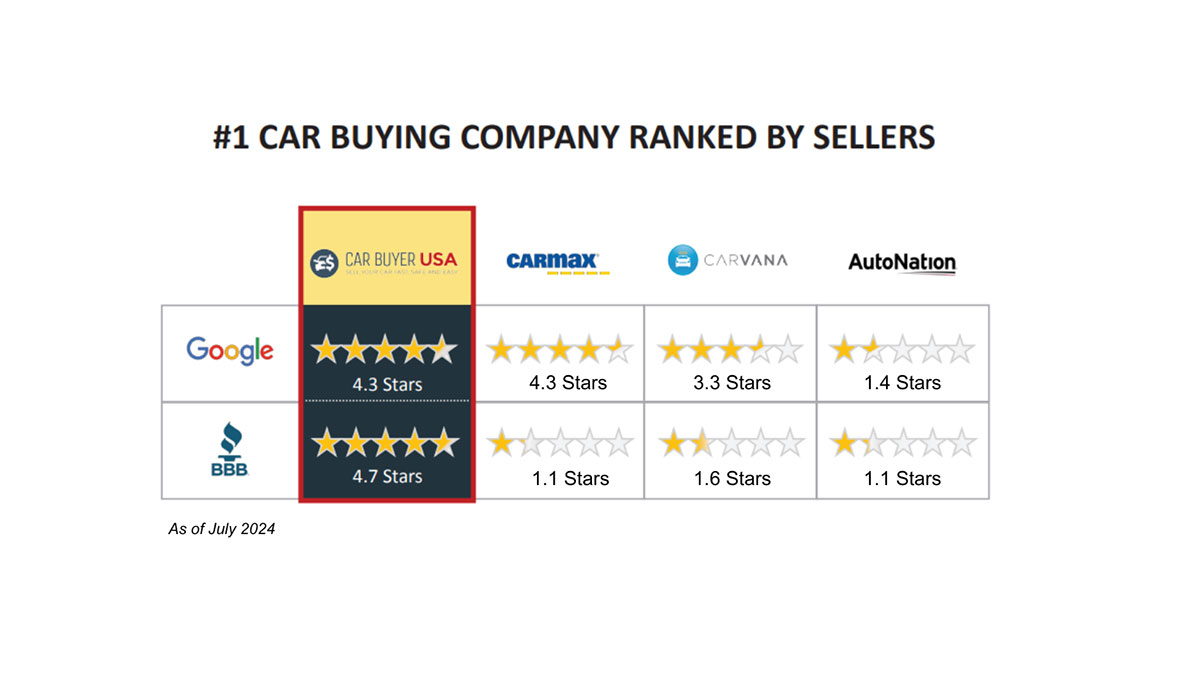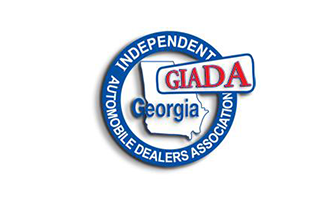
The National Automobile Dealers Association (NADA)—now under the J.D. Power brand—has been a cornerstone in the automotive world, offering trusted vehicle valuations that help both buyers and sellers make smarter choices. Although NADA officially rebranded in 2021, its commitment to accurate, data- driven pricing remains stronger than ever. But with today’s rapidly shifting auto market, many are asking: How reliable are these values now?
J.D. Power’s vehicle estimates are built on a foundation of real-world data—everything from auction sales and dealer transactions to vehicle condition reports and economic trends. They provide multiple pricing perspectives, including:
- Trade-in Value: What a dealership might offer you.
- Private Party Value: What you could potentially get selling directly to another person.
- Retail Value: What a dealership might ask after sprucing the vehicle up for resale.
These different categories help guide you based on your plans—whether you're trading in, selling privately, or buying from a dealer. Still, it's essential to understand that the final price you walk away with can vary.
Condition plays a huge role. A well-maintained vehicle with no warning lights, clean history, and solid service records may fetch more than the estimate. On the flip side, visible wear, mechanical issues, prior accidents, or simply being the wrong fit for your local market can push your car's value below book.
Location, location, location! A vehicle's worth can change dramatically depending on where it's being sold. For example, a 4WD truck might be in hot demand (and fetch top dollar) in snowy, rural regions— while urban buyers might be more interested in EVs or hybrids. Broader market trends also play a role.
The COVID-19 pandemic, for example, disrupted supply chains and drove up used car prices. In high- demand times like that, cars might sell for equal to—or more than—J.D. Power estimates. But when supply rebounds or demand softens, prices can dip lower.
Keep in mind: dealerships rarely pay full trade-in value. They factor in reconditioning costs, overhead, and profit margins. Private buyers, meanwhile, may push for a discount if they spot minor flaws or anticipate future expenses. That said, if your vehicle is a rare trim, color, or configuration, you might command a premium in the right niche.
Economic factors like inflation and rising interest rates can also influence pricing. When people are tightening their budgets or financing becomes more expensive, they’re less willing to pay top dollar— regardless of what the value books say.
Bottom line: NADA/J.D. Power is a solid starting point, but it shouldn’t be your only reference. Your car’s real value comes down to condition, local demand, timing, and negotiation skills.
Want something more concrete and up-to-the-minute? Car Buyer USA offers fast, no-hassle vehicle quotes—no personal info required, and it only takes 20 seconds. We back our offers with transparency and no gimmicks.
Ready to see what your vehicle is worth today?
👉 Go to carbuyerusa.com,
📧 Reach out at info@carbuyerusa.com, or
📞 Or give us a call at 678-635-2050.
Let’s make your car selling experience easy and rewarding!


